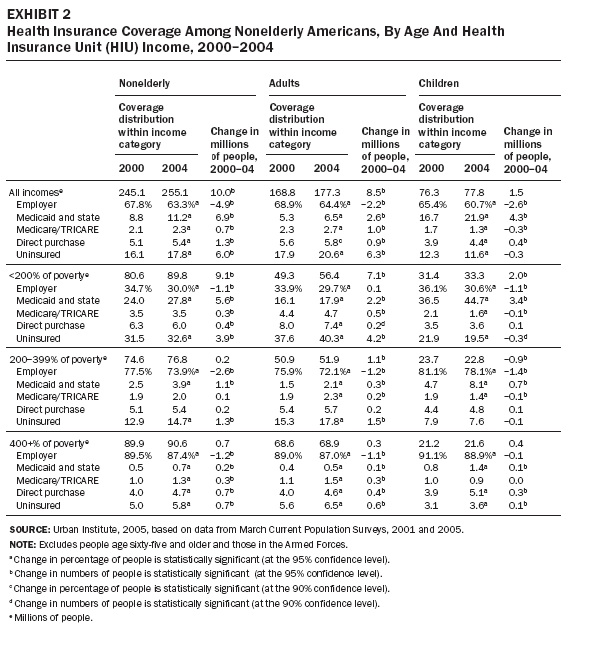Governor Bredesen's HIMSS Keynote
Governor Bredesen delivered the keynote to HIMSS 2007 on Tuesday, February 27. On Monday, the keynote speaker was Steve Ballmer of Microsoft, on Wednesday, its Colin Powell, on Thursday the speaker was the Secretary of HHS.
The governor discussed his role with the National Governor's Association, provided some insights on the unique and highly complex nature of health care an other global problems, and provided three advice on how to get things done. As he said "where I can claim some expertise is in the art of getting things done; getting the right things done." He said "the task of leadership is almost never problem-solving, but rather finding common ground on which diverse ideas and interests can progress."
He said we have to do two things: We have to alter the economics of health care and we have to "forge a system that is much more centered on the individual."
In an effort to move health "out of the laboratory and into the real world," he argued for the need to have "some central direction and driving and our federal government is about the only place that can happen."
He outlined three things that can move things forward.
First, establish a simple set of standards, a "1.0" if you will. He cited the progress made over the last year but emphasized both the number and the difficulty in implementing standards saying "it's as if you're being asked to write very detailed specifications for Version 5.0 of something before Version 1.0 is up and running."
Second, he suggested e-prescribing as a "beachhead" that offers real clinical advantages, limits the universe of products and transactions, and yet raises practical solutions for many of the issues of confidentiality and patient identification that await us. It is a way of "doing limited, simple things for nearly 100% of patients rather than delving much more deeply and encountering much more complexity with 2% or 5%."
Third, he argued for adoption. He used the term "frontier in getting practitioners to join" and addressed how evolutionary steps combined with the right incentives will change behavior and improve care.
The governor discussed his role with the National Governor's Association, provided some insights on the unique and highly complex nature of health care an other global problems, and provided three advice on how to get things done. As he said "where I can claim some expertise is in the art of getting things done; getting the right things done." He said "the task of leadership is almost never problem-solving, but rather finding common ground on which diverse ideas and interests can progress."
He said we have to do two things: We have to alter the economics of health care and we have to "forge a system that is much more centered on the individual."
In an effort to move health "out of the laboratory and into the real world," he argued for the need to have "some central direction and driving and our federal government is about the only place that can happen."
He outlined three things that can move things forward.
First, establish a simple set of standards, a "1.0" if you will. He cited the progress made over the last year but emphasized both the number and the difficulty in implementing standards saying "it's as if you're being asked to write very detailed specifications for Version 5.0 of something before Version 1.0 is up and running."
Second, he suggested e-prescribing as a "beachhead" that offers real clinical advantages, limits the universe of products and transactions, and yet raises practical solutions for many of the issues of confidentiality and patient identification that await us. It is a way of "doing limited, simple things for nearly 100% of patients rather than delving much more deeply and encountering much more complexity with 2% or 5%."
Third, he argued for adoption. He used the term "frontier in getting practitioners to join" and addressed how evolutionary steps combined with the right incentives will change behavior and improve care.
- Follow this link for the Fierce HealthCare Review
- Follow this link for the Government HealthIT review
- Follow this link for the Government HealthIT review
- Follow this link for the iHealthBeat review
- HIMSS Online Daily (Patty Enrado)
- Similar Enrado story on NHINWatch
- Summary of Ballmer and Bredesen notes on AISWatch

